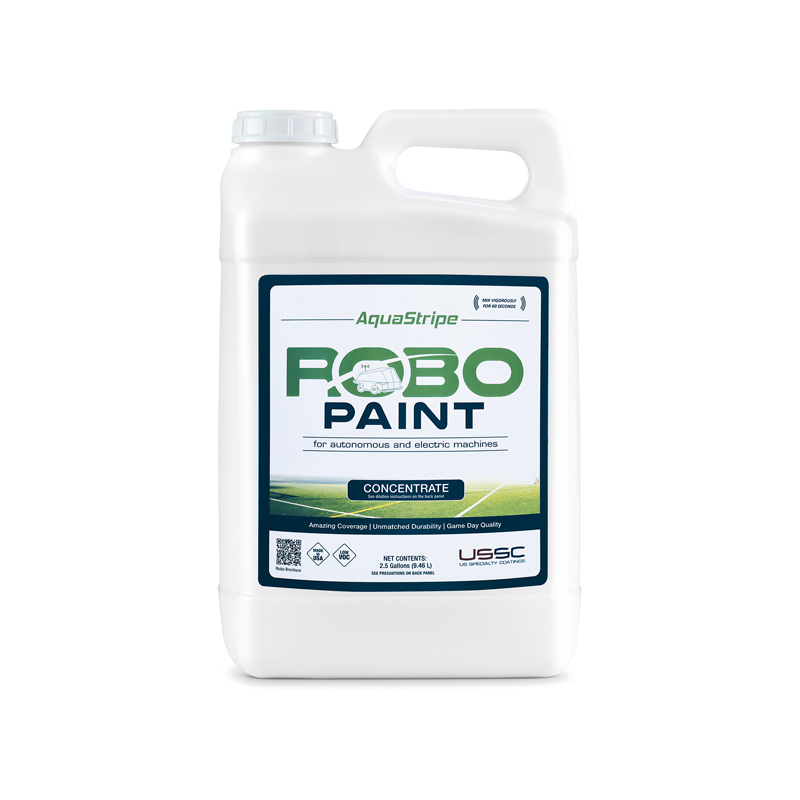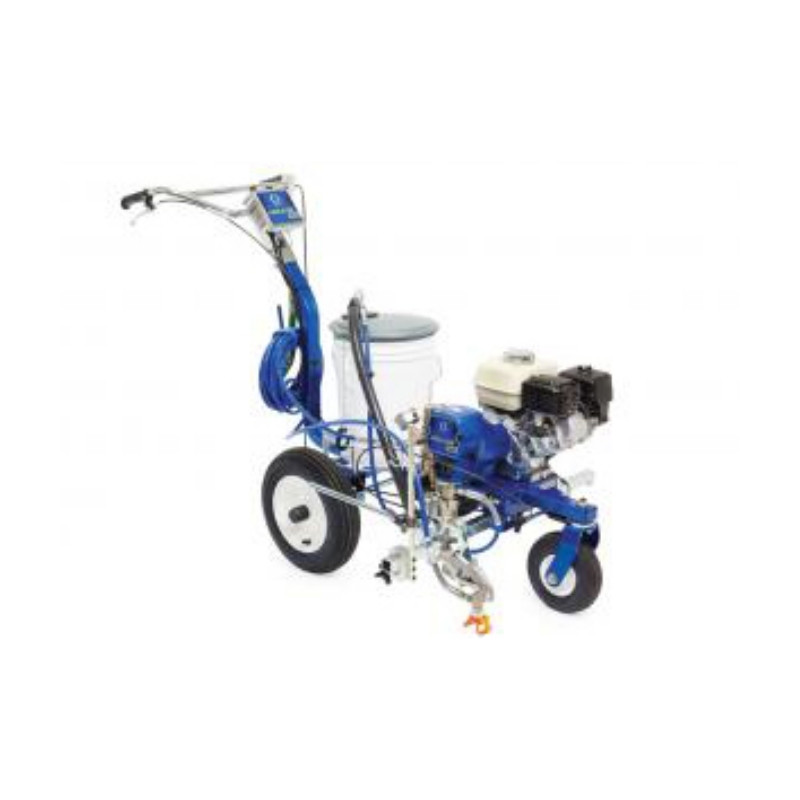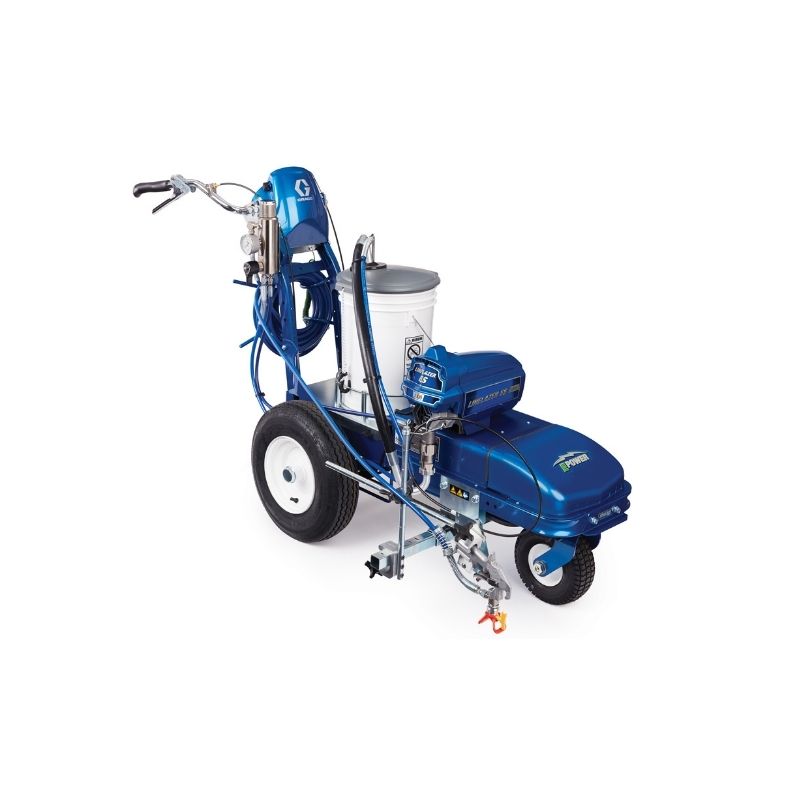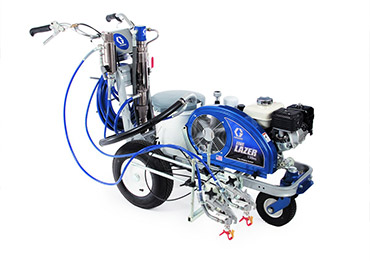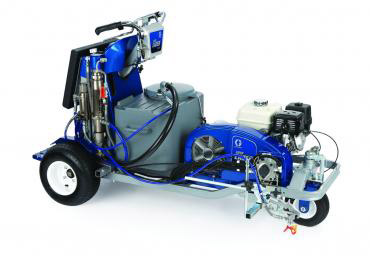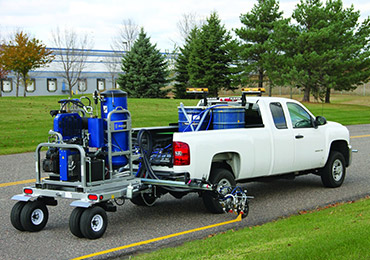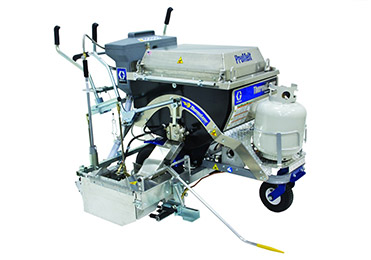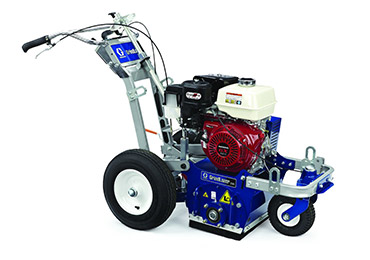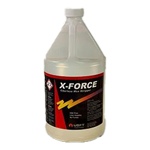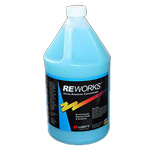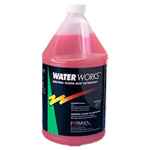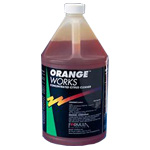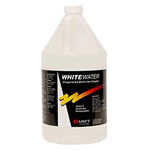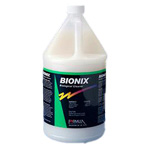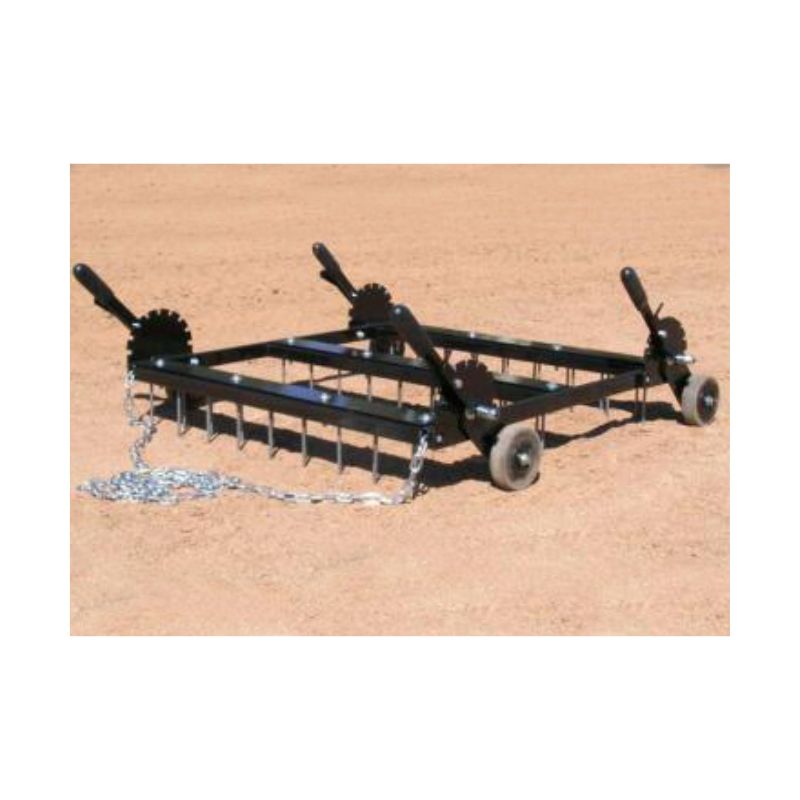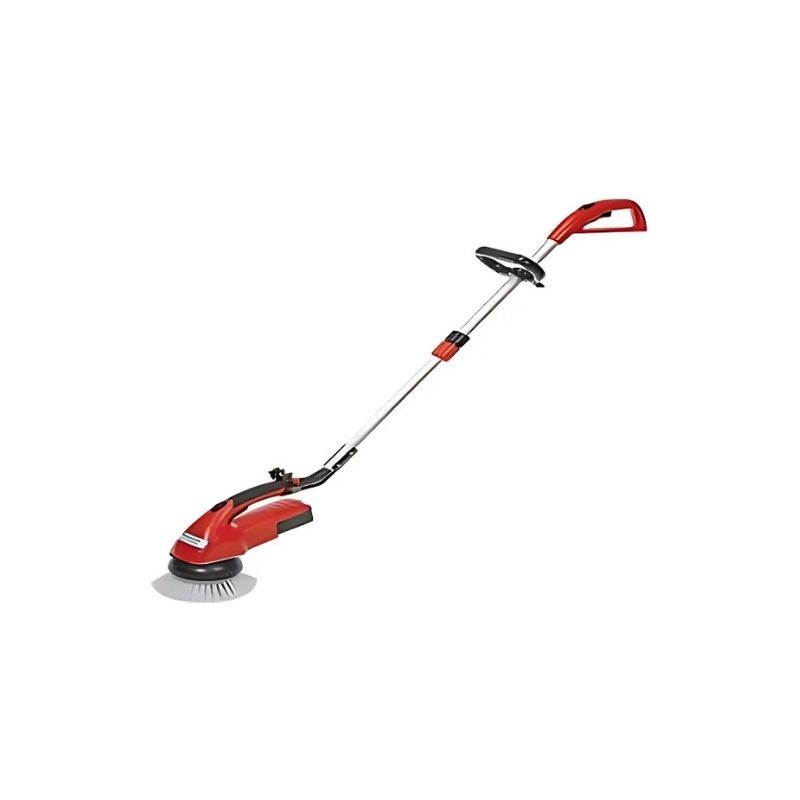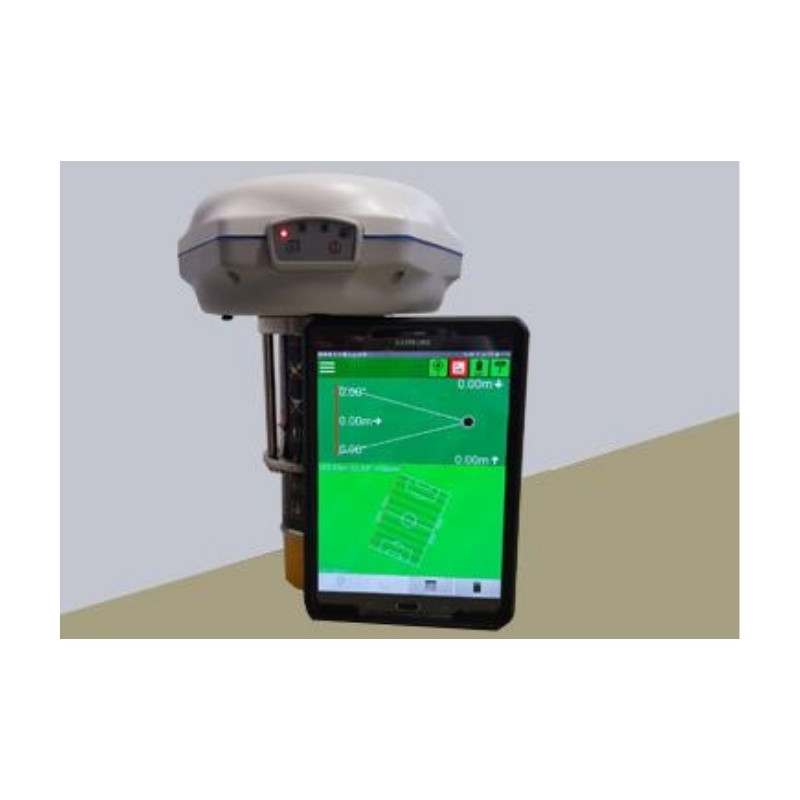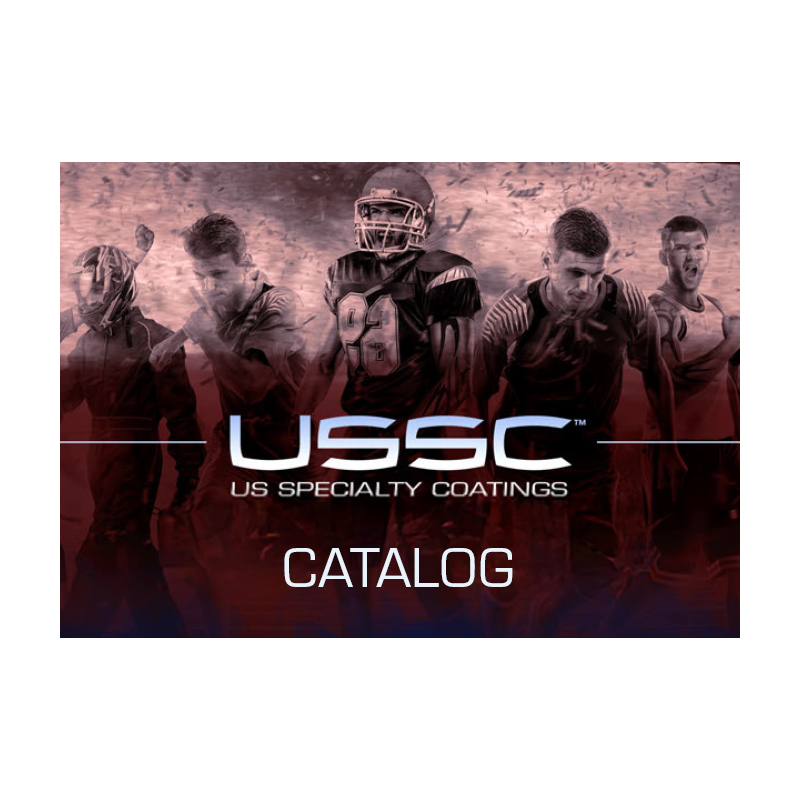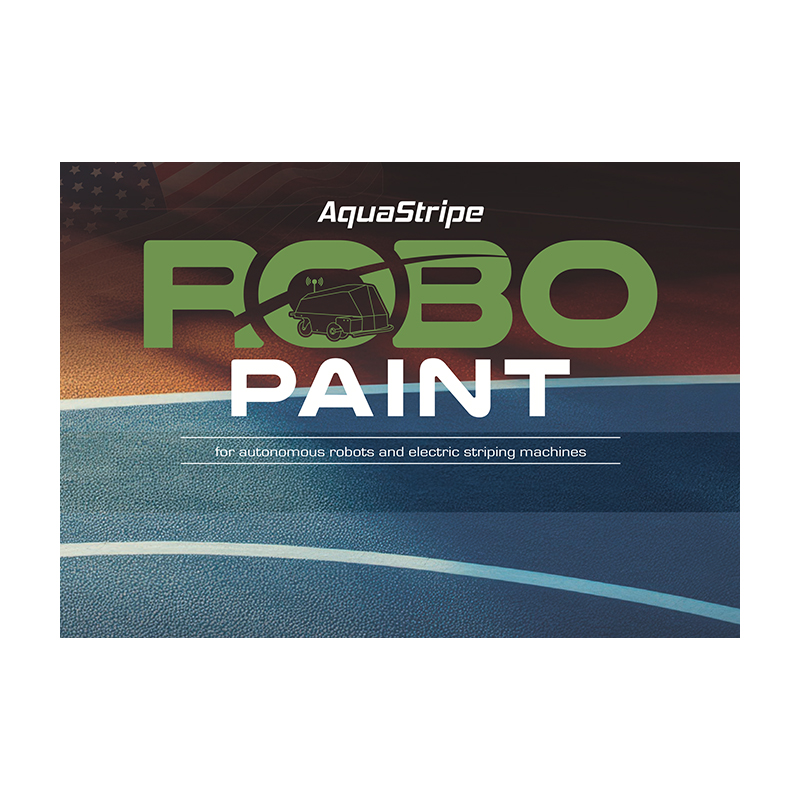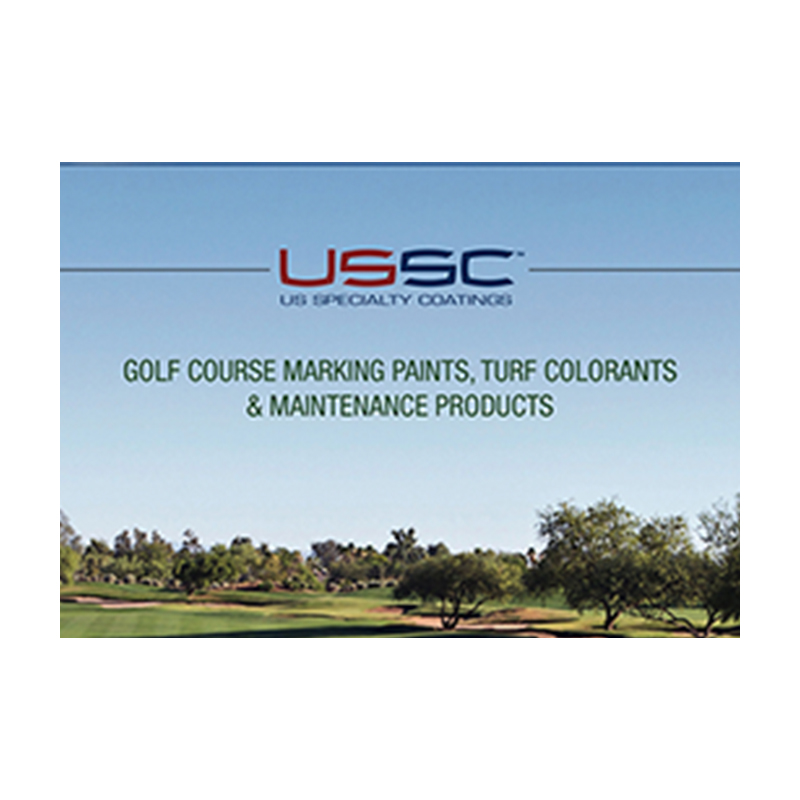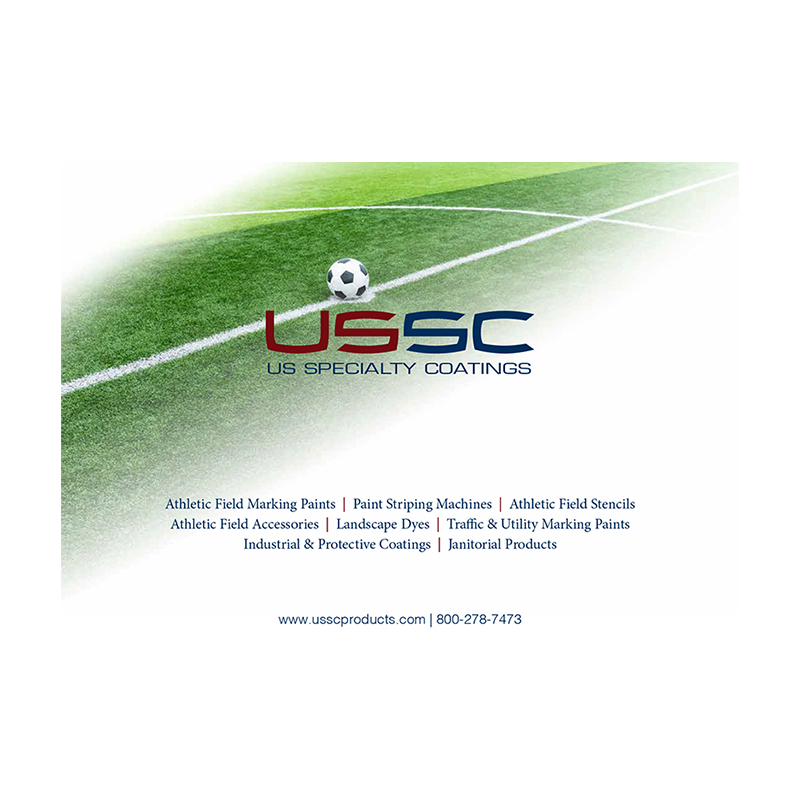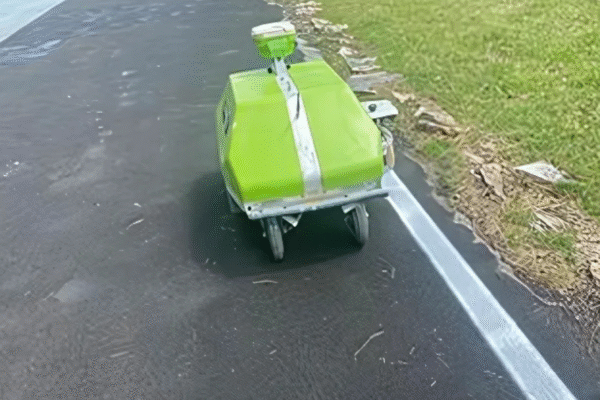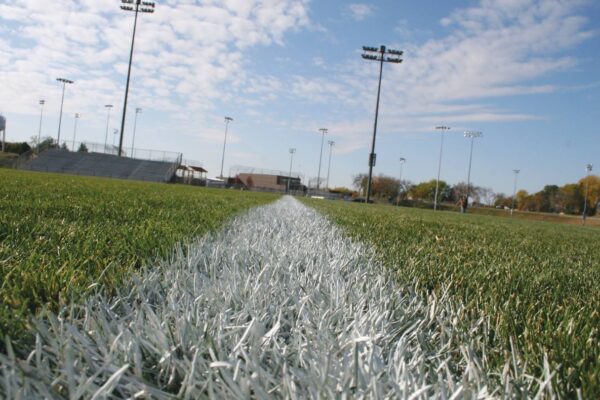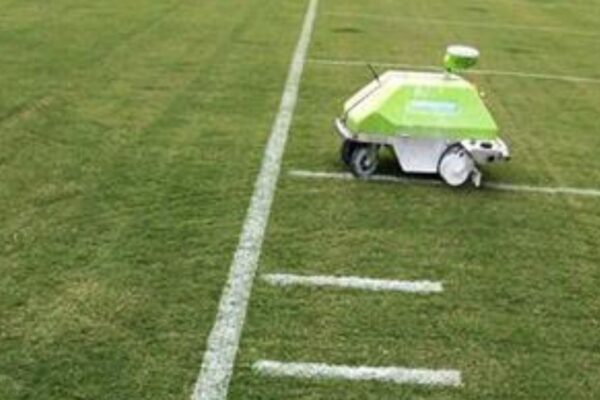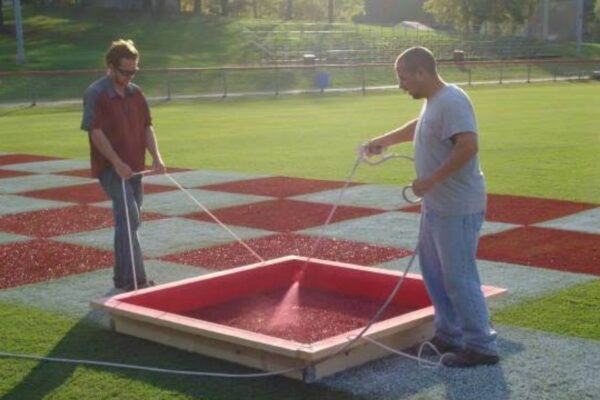Field Repainting Frequency: Maintaining Visibility and Safety
How often should sports fields be repainted to maintain visibility and safety? In this blog, we cover the main factors like weather, usage, and paint quality that affect field repainting frequency, maintaining visibility and safety. Learn how to develop an effective schedule to keep your field markings clear and safe.
Key Takeaways
- Key factors like weather conditions, field usage, and paint quality significantly influence the frequency of field repainting to maintain safety and visibility.
- Optimal timing for repainting includes considering seasonal weather conditions and scheduling around significant sports events to ensure clarity of markings.
- Using high-quality paints and advanced application techniques can reduce repainting frequency, enhance durability, and ultimately lead to long-term cost savings.
Key Factors Influencing Repainting Frequency
Maintaining visibility and safety on sports fields requires understanding the factors that influence repainting frequency. The three primary factors are:
- Weather conditions
- Field usage
- Paint quality
Each of these elements plays a significant role in determining how often fields need to be repainted to ensure clear and vibrant markings.
Weather conditions can dramatically impact the durability of field markings. Harsh sunlight, rain, snow, and extreme temperatures can lead to various paint damage, including:
- Fading
- Cracking
- Peeling
- Chipping
Furthermore, frequent and intense field usage, such as high-traffic games and events, can lead to quicker wear of field markings, necessitating more regular repainting.
Lastly, the quality of the paint used significantly impacts its durability, with high-quality paints providing longer-lasting results and reducing the need for frequent touch-ups. Field maintenance teams can develop effective repainting schedules by understanding these factors, ensuring the longevity and clarity of field markings.
By considering durability, surface type, and weather conditions, you can confidently make the right choice when choosing field marking paint for lasting results.
Weather Conditions
Environmental factors affecting the lifespan of field markings include:
- Harsh sunlight, rain, snow, and extreme temperatures, which can cause fading, cracking, peeling, or chipping.
- Grass growth, which can interfere with the paint.
- High humidity, which can extend drying times.
Ideal weather conditions improve paint adhesion and speed up drying time.
Repainting during optimal weather conditions can significantly extend the paint’s lifespan and maintain its vibrancy. Maintenance teams should consider the following:
- Plan paint applications around favorable weather to ensure proper adherence and drying.
- Align painting schedules with weather forecasts.
- Coordinate with sports calendars to maintain field markings effectively.
These steps help ensure that fields remain safe and visually appealing.
Different paints perform uniquely under various conditions. Weather-resistant paints protect against extreme weather, while specific types like DuraStripe and AquaStripe are tailored for particular climates. Choosing the right paint based on the specific climate can make a significant difference in the durability of field markings.
Field Usage
Field usage also significantly impacts repainting frequency. Sports fields with high traffic, such as soccer fields, football pitches, and multi-sport fields, experience more wear and tear, leading to quicker fading of painted lines. Additionally, frequent mowing can also contribute to the faster deterioration of field markings.
Multi-sport fields pose a unique challenge due to the differing requirements for each sport. Using marking paint suitable for multi-sport fields ensures visibility and durability across various games. Typically, white is recommended for the most frequent sport, with additional colors like yellow, blue, and red used for other sports. This approach helps in maintaining clear and distinct markings for each sport.
Creating a seasonal repainting schedule is crucial to preserving the appearance and clarity of field markings. Understanding each sport’s needs and usage levels helps maintenance teams plan effective repainting projects, keeping fields in optimal condition throughout the season.
Paint Quality
The quality of paint used greatly affects the frequency of repainting needed. High-quality paints, ensure vibrant and long-lasting markings. These premium paints have higher pigment concentration and improved adhesion to surfaces, which prolongs the life of the lines and reduces the need for frequent touch-ups. Additionally, specialized paints can enhance the overall performance and durability of the application.
Investing in high-quality paints offers several benefits, including superior wear resistance and long-term savings due to reduced repainting frequency. Factors considered when selecting athletic field paint include surface type, temperature, moisture, and foot traffic. By choosing the right paint for the specific conditions, maintenance teams can achieve durable and visually appealing field markings. The lifespan depends on factors like climate, usage, and paint quality, but knowing how long athletic field paint lasts helps plan effective maintenance schedules.
Optimal Timing for Repainting
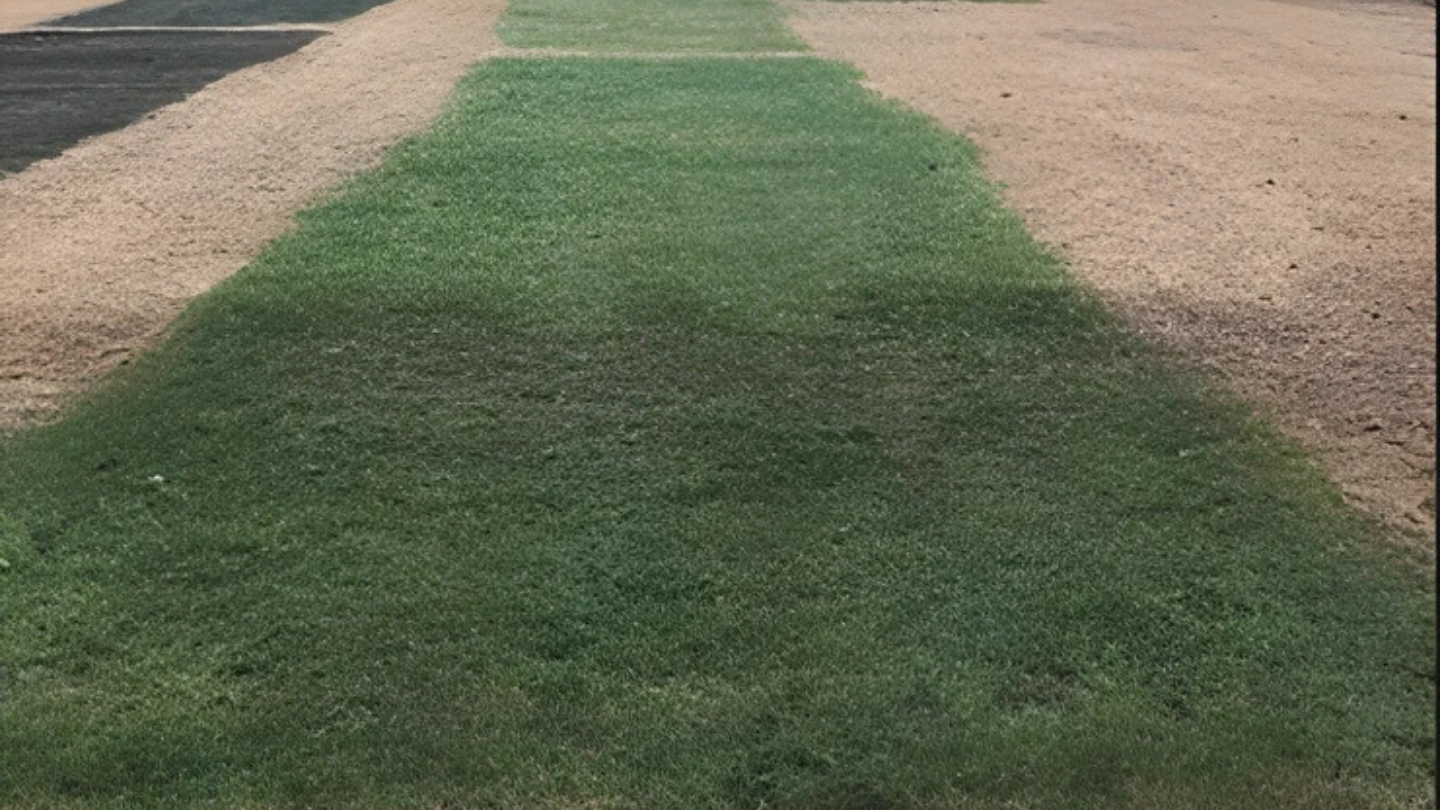
Timing is crucial in the repainting process to ensure that field markings remain clear and durable. Regular inspections for issues like fading or bubbling in paint can help determine when repainting is necessary. Additionally, minor touch-ups with high-quality paint can help maintain field markings between games, ensuring consistent visibility and safety.
Optimal timing for repainting involves considering seasonal conditions and scheduling around significant events. These aspects will be explored in detail to maximize repainting efforts.
Seasonal Considerations
The best time to repaint fields is often in the early spring or fall when weather conditions are more stable. Repainting should be done before the onset of cold weather, as it can affect paint adhesion and durability. Dry, mild weather conditions are ideal for repainting soccer fields, as they provide optimal conditions for paint application and drying.
Accounting for the specific climate and environmental conditions of the region is also crucial. Different seasons bring various weather challenges, and planning repainting schedules accordingly can help maintain the longevity and vibrancy of field markings.
Scheduling Around Events
Properly scheduling repainting projects is essential for maintaining clarity and visual appeal during significant games. Planning repainting projects ahead of major tournaments guarantees optimal visibility and cleanliness of the field. This ensures that lines are visible for players and officials, contributing to a fair and safe game.
To maintain the field’s appearance and ensure that goal lines are visible, it’s essential to plan repainting before major events. By aligning repainting schedules with the sports calendar, maintenance teams can ensure that fields are always in top condition for important matches.
Techniques for Long-Lasting Field Markings
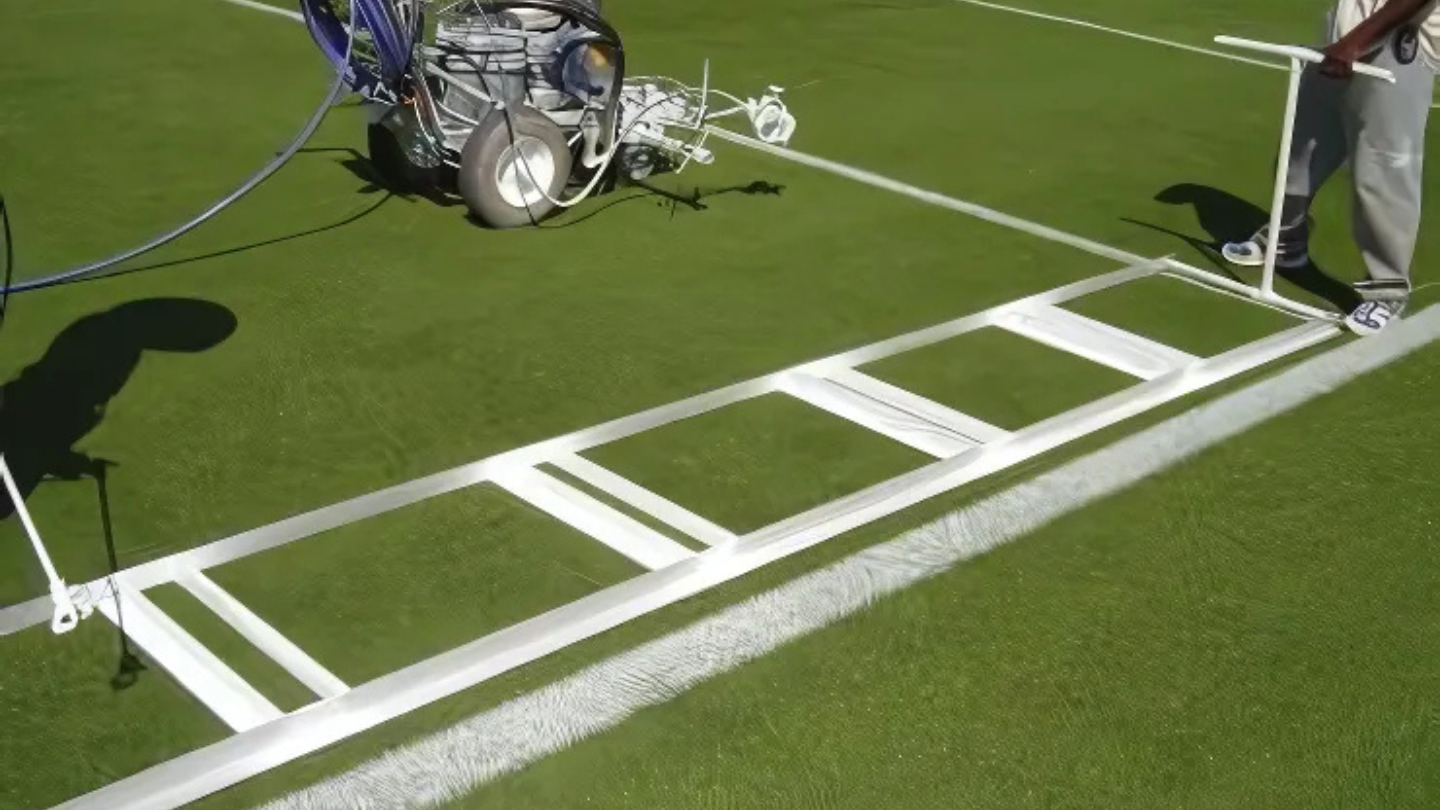
Achieving long-lasting field markings requires proper application techniques, the use of advanced equipment, and protective coatings. Each of these elements plays a crucial role in ensuring that field markings remain clear and durable over time.
Proper techniques involve using multiple thin layers and precise application to enhance paint durability. Advanced equipment, such as spray machines and line-marking tools, ensures uniform paint application and reduces disruption to the synthetic turf.
Applying protective coatings can shield paint from weather and wear, extending field markings’ lifespan.
Proper Application Techniques
Proper adhesion techniques significantly enhance the durability of athletic field paint, including:
- Using multiple thin layers for a durable and visually appealing paint job on sports fields.
- Precise application to improve adhesion.
- Proper dilution of concentrated paints to extend the life of the paint and enhance performance and coverage.
By following these application techniques, maintenance teams can ensure that field markings remain vibrant and durable, reducing the need for frequent repainting and touch-ups.
Advanced Equipment Use
Spray machines and line-marking tools are essential for uniform paint application. Precision equipment is crucial for repainting lines with minimal disruption to the turf, ensuring that the field remains in optimal condition. Additionally, line marking machines, spray jet markers, and line-marking robots offer efficient painting and layout solutions, significantly reducing the time needed for marking fields with inlaid artificial grass lines.
Utilizing advanced equipment ensures that field markings are applied consistently and accurately, contributing to the overall durability and visual appeal of the precise lines paint job.
Protective Coatings
Applying protective coatings can shield paint from weather and wear, extending the lifespan of field markings. Protective coatings should be applied as part of the painting process to enhance the protection of field markings. These coatings provide an additional layer of defense against environmental conditions, ensuring that the paint adheres well and remains vibrant.
Using high-quality paints and protective coatings together can significantly improve the durability and longevity of field markings, reducing the need for frequent repainting and maintenance.
Regular Maintenance for Prolonged Visibility
Routine upkeep is essential for keeping field lines clearly visible and safe for players. Investing in high-quality paints can significantly decrease the overall costs associated with field maintenance and repainting. Higher-quality paints typically provide longer-lasting results, which translates into fewer applications and reduced long-term expenses for organizations.
Repainting soccer fields should ideally occur before significant wear or after heavy use to maintain visibility on the soccer field. Repainting should be done during periods of low field activity to ensure optimal visibility and safety.
Regular maintenance and touch-ups are vital for prolonging the visibility and durability of field markings.
Frequent Touch-Ups
Regular touch-ups are essential to keep the field visually appealing and maintain safety standards. Professionals often apply touch-ups using specialized aerosol paint to achieve a seamless finish. Aerosol spray paints are commonly recommended for quick and efficient minor repairs on field markings.
Frequent touch-ups help maintenance teams address minor wear and tear, keeping field markings clear and vibrant between major repainting projects.
Scheduled Inspections
Regular inspections are vital for identifying minor corrections that maintain field condition. Routine inspections identify areas needing immediate attention to prevent costly repainting. During inspections, one should actively monitor for potential hazards such as loose inlays and sink-holes.
Implementing a maintenance plan for painting extends the lifespan of the paint and minimizes the need for complete repainting. Regular inspections can reveal minor issues that, if addressed promptly, prevent the need for more extensive repairs.
Signs that indicate repainting is needed include early signs of fading, bubbling, or flaking paint.
Cost-Benefit Analysis of High-Quality Paints
Consider the following points regarding paint options and maintenance:
- Less expensive paint options may initially seem cost-effective, but can lead to higher costs over time due to increased repainting needs.
- A maintenance schedule can prolong the life of field markings and reduce repainting frequency.
- Water-based paints are favored for their minimal environmental impact and ease of use.
Choosing the right type of marking paint is crucial for achieving durable and visible field lines. Low-VOC (Volatile Organic Compounds) aerosol paints are available to reduce harmful emissions during application. High-quality paints offer long-term savings by reducing the need for frequent repainting and upkeep expenses.
Initial Investment vs. Longevity
Investing in high-quality paints may involve a higher initial cost, but it results in long-term savings due to fewer repainting needs. High-quality paints offer superior wear resistance, reducing the need for frequent repainting and upkeep expenses. This decreases repeated application costs over time.
Organizations must strike a balance between quality and cost efficiency. By choosing high-quality paints, they can ensure durable field markings that maintain visibility and safety, ultimately reducing maintenance costs in the long run.
Budget-Friendly Alternatives
Organizations with budget constraints can explore affordable field marking solutions to ensure good visibility without compromising safety. Examples of budget-friendly field marking paints include EcoStripe, which provides a cost-effective option for maintaining field visibility.
Some manufacturers offer affordable field marking solutions that maintain good visibility without high costs. These options can lead to considerable savings while still ensuring that field markings remain clear and durable.
Environmental Considerations
Environmental considerations are crucial in the field repainting process. Using eco-friendly paints helps reduce the environmental impact associated with field marking. EcoStripe paint, for instance, balances environmental safety with extended performance, making it a sustainable choice for field marking.
By choosing eco-friendly paints, organizations can minimize environmental harm while ensuring high visibility and safety standards. Let’s explore the benefits of eco-friendly paint options and the importance of responsible disposal practices.
Eco-Friendly Paint Options
Eco-friendly paints help minimize environmental harm while ensuring high visibility and safety standards. One example of an environmentally friendly paint is EcoStripe, which is designed to reduce harmful chemicals released into the environment.
Choosing eco-friendly paints like EcoStripe is a responsible choice for maintaining field standards and protecting the environment. These paints provide a sustainable solution for field marking without compromising on performance or durability. Clear boundaries, safe play, and professional presentation all explain why field marking paint is essential for sports fields and their ongoing upkeep.
Responsible Disposal Practices
Safe disposal of paint materials is essential for protecting natural resources and minimizing ecological damage. It is crucial to adhere to local regulations for disposing of leftover paint and containers to prevent environmental harm.
Following proper disposal practices ensures environmental safety and helps maintain the integrity of natural resources. By being mindful of disposal regulations, organizations can contribute to a healthier environment while maintaining their fields.
Final Thoughts
Maintaining visibility and safety on sports fields requires consistent repainting practices. Factors like weather conditions, field usage, and paint quality directly influence how often repainting is needed. By evaluating these elements, maintenance teams can create effective schedules that keep field markings clear, vibrant, and safe for players and officials.
US SPECIALTY COATINGS offers premiumfield marking paint trusted by schools, sports organizations, and professionals nationwide. Their high-quality formulations ensure long-lasting durability, superior adhesion, and reduced repainting needs, helping maintenance teams save time and costs while keeping fields ready for play.
Frequently Asked Questions
How do weather conditions affect the durability of field markings?
Weather conditions significantly impact the durability of field markings, as factors like sunlight, rain, and extreme temperatures can lead to fading, cracking, and chipping. To ensure longevity, it is essential to consider these elements when selecting materials for field markings.
Why is it important to use high-quality paints for field markings?
Using high-quality paints for field markings is crucial as they ensure longer-lasting results and superior wear resistance, ultimately leading to reduced repainting needs and long-term cost savings.
What are the benefits of using eco-friendly paints for field markings?
Using eco-friendly paints for field markings minimizes environmental harm and maintains high visibility and safety standards. This contributes to a healthier ecosystem while providing effective and safe marking solutions.
When is the best time to repaint sports fields?
The best time to repaint sports fields is in early spring or fall, as these seasons typically offer more stable weather conditions before colder temperatures arrive.
How can regular maintenance and inspections prolong the visibility of field markings?
Regular maintenance and inspections prolong the visibility of field markings by allowing for timely corrections, which prevents the need for costly repainting. This proactive approach ensures that markings remain clear and durable for optimal use.








